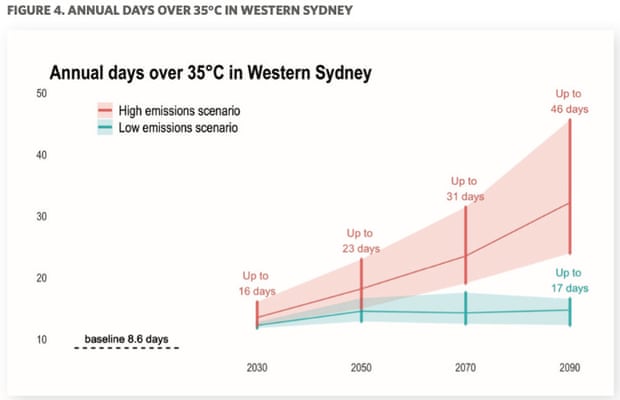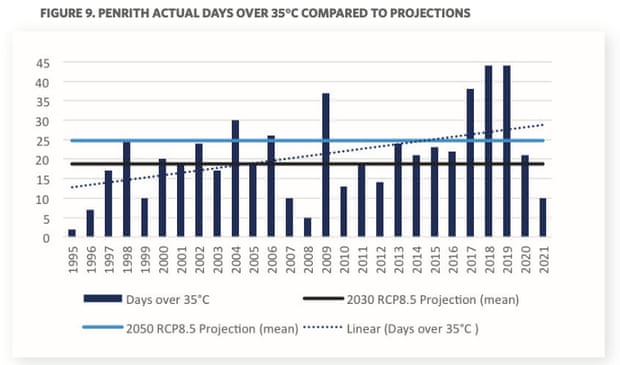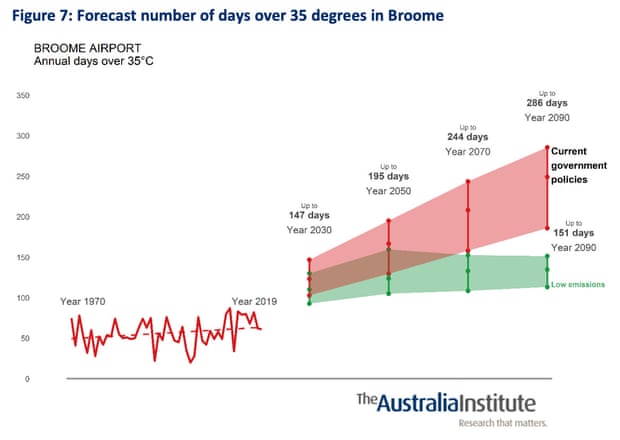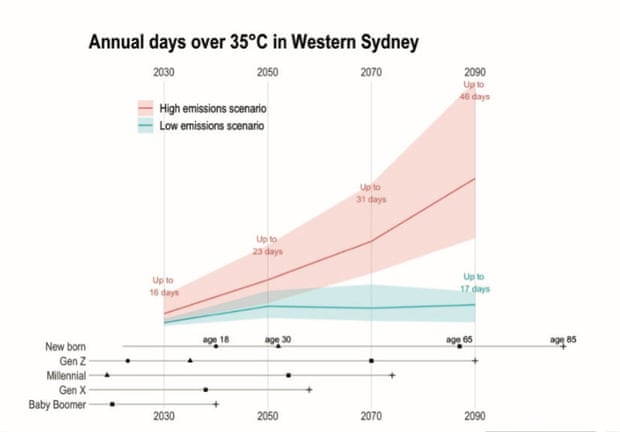Extract from The Guardian

The unprecedented heatwave and fires engulfing Europe might seem a long way away, but they are a frightening portent of what’s in store for Australia.
Britain has just experienced its highest temperature on record, extreme conditions and fires are sweeping Spain, Portugal, France and Greece. But this is just the latest in a string of extreme events globally. In March, scientists were shocked by record temperatures at both poles, including temperatures up to 40C above normal in the Antarctic and 30C above normal in the Arctic. In May, devastating heatwaves across India, Pakistan and surrounding countries led to weeks where temperatures in some regions repeatedly hit almost 50C. This year has also seen extreme heatwaves in south Asia, China and the US.
It’s sobering to realise that the world is now cooler than it will ever be unless we radically reduce emissions, starting now. This is not the new normal, it’s just the start of a future of ever more frequent and extreme heatwaves unless we dramatically reduce our use of fossil fuels.
The Australia Institute’s HeatWatch Initiative uses CSIRO climate projections to give us an insight into this frightening potential future for Australia.
The projections use a range of climate models selected by the CSIRO for their accuracy in predicting the temperature increases to date. They model the number of days a year we can expect over certain temperature thresholds such as 35C and 40C for any location in Australia.
The results are alarming.
In western Sydney, Australia’s most populous region, days with temperatures over 35C could almost double by 2030, triple by 2050 and increase almost fivefold by the end of the century. It’s a similar picture for days over 40C.

Here’s the scary part: reality is outstripping the CSIRO projections. Let’s take the suburb of Penrith in western Sydney as an example. Over the past 20 years, Penrith experienced an average of 13 days over 35C a year but has endured more than 40 days over 35C in 2018 and 2019. In trend terms, this is already worse than the CSIRO model projected would be reached in 2050.

The situation gets worse the further north we go in Australia. Spare a thought for Broome, which is projected to face almost 300 days a year over 35C by the end of the century, along with Darwin. The situation in northern Australia is made far worse by humidity. The combination of extreme heat and humidity is potentially deadly because humidity reduces the body’s ability to cool itself.

If we continue increasing emissions, Gen Xers living in western Sydney are likely to experience up to a tripling of extreme heat days from current levels before they shuffle off the mortal coil, and millennials almost a fourfold increase. And that’s if actual temperatures don’t continue outstripping the projections.

There is good news in these projections, however . The CSIRO projections model the increase in extreme temperature days under various emissions scenarios. The red shaded areas in the graphs show the results of continuing our current emissions trajectory. Make no mistake, if we keep expanding fossil fuel production, as we are doing in Australia, we will stay on this trajectory and, as mentioned above, actual temperatures are outstripping the worst-case projections.
But the green shaded areas show the projections if emissions are reduced in line with the Paris target of 1.5 degrees. In all cases the increase is far less and flattens out and eventually falls over coming decades. Cutting emissions works. We can choose a livable future for ourselves and our children.

Unfortunately, Australia is doubling down on expanding gas and coal projects that each help to lock us into the worst-case scenario.
Although we have a target to reduce our domestic emissions by about 300m tonnes by 2030, Australia is the world’s largest coal and liquefied natural gas (LNG) exporter, and Australian coal and gas is current adding about 1.5bn tonnes of emissions to atmosphere with enough projects under development to add a staggering 1.7bn tonnes a year more.
About a quarter of these projects are already committed or completed. Woodside’s Pluto expansion – already approved by the Western Australian government – would add almost 1.4bn tonnes of emissions to the atmosphere over its lifetime, and the proposed 50-year extension to the North West Shelf LNG project would add 4.3bn tonnes. The Northern Territory Beetaloo Basin, which the Australian government is heavily subsidising with taxpayers’ money, could add a further 1.4bn tonnes. We are cooking ourselves … and the rest of the planet.
If we cut emissions and manage to keep the world under 1.5 degrees warming, we have a good chance of preserving a livable planet and reasonable quality of life. If we continue expanding fossil fuel production we will have ever frequent and extreme heatwaves, fires, floods and other disasters.
Mark Ogge is a principal adviser at The Australia Institute
No comments:
Post a Comment